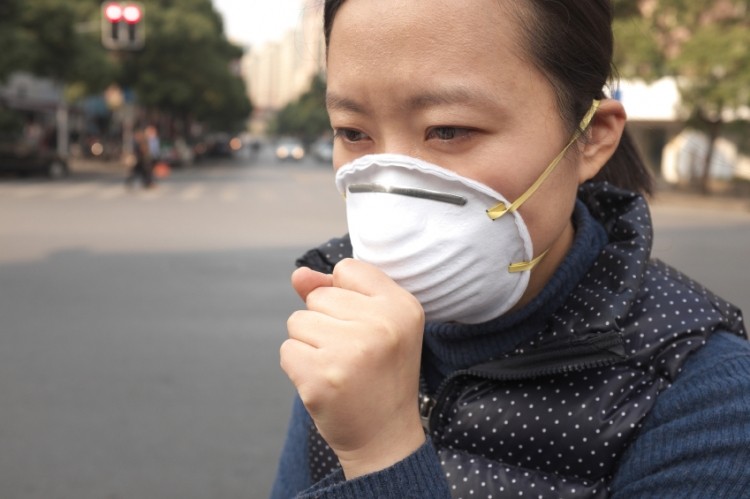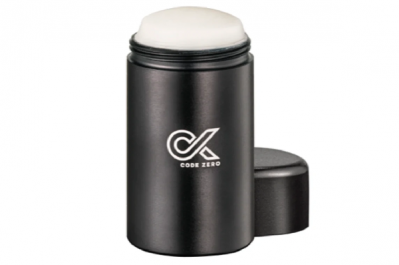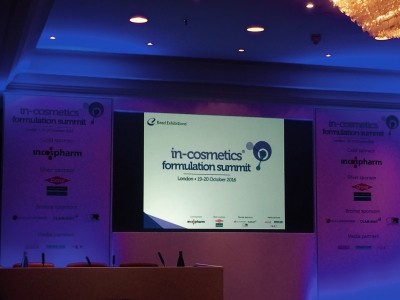Anti-pollution and the beauty industry: Part II

In this four part mini series, adapted from CosmeticsDesign’s recent presentation on the topic at the in-cosmetics Asia event, we take an in-depth look at all aspects of the trend: from its origins, to the science behind the trend, to where we’re at now, to predictions for its future.
Part II: What is the science behind anti-pollution skin care?
We spoke to Dr Julia Fussell ahead of the recent in-cosmetics Formulation Summit in London, where she spoke on the science behind the trend. Dr Fussell is senior research fellow and scientific communicator on the health effects of air pollution for King's College London university.
According to Dr Fussell, motor vehicles, power stations and factories are the major culprits behind urban air pollution, and the leading cause of the PM particles that particularly concern consumers.
She notes that it’s possible there is a link between air pollution and skin damage, though to date, a clear cause and effect has not been found.
“Since the skin is an organ that is in direct contact with these air pollutants, an association between air pollution and skin damaging effects leading to skin ageing is certainly possible,” she confirmed.
Skin’s natural defense against pollution: ‘not unlimited’
Fussell explained that the skin’s layers include protective proteins that guard against moisture loss and maintain the skin’s elasticity - keratin in the outer layer and collagen in the lower layer.
According to Fussell, if the level of airborne pollution becomes too high, it could potentially overload these protective proteins.
“It is likely that the defensive capacity provided by keratin and collagen is not unlimited,” she said, “and if air pollution were to exceed the protective potential, disturbances in or even damage to skin structure could occur.”
More study needed
According to Dr Fussell, information on how exactly air pollution could damage skin is limited. However, there are some studies that have begun to investigate the issue, and found pollution may have various types of impact onto the skin, she explains.
They are:
- Ageing: Studies comparing the skin of women living in urban and rural areas have found that those who are exposed to higher levels of traffic-related pollution, had more visible signs of aging in the form of hyperpigmentation (age spots) and wrinkles, than those living in the countryside.
- Hydration and barrier function: A study has also shown an association between compromised skin hydration and barrier function in women living in areas of poor air quality than that of women in the less polluted locations.
- Aggravating skin conditions: Studies also suggest that air pollution might not only affect healthy skin, but may also aggravate pre-existing skin diseases, such as atopic dermatitis and eczema.
Dr Fussell suggests that some people may be more susceptible to the effects of pollution, due to sensitive skin. She also notes that the impact of pollution may vary depending on the individual’s exposure pattern, ethnic group, skin type and age. “Further studies are however required to prove these possible susceptibilities,” she notes.
Consumer-led; big opportunity
The industry has quite a big opportunity when it comes to anti-pollution skin care: there isn’t currently a single, strict definition, and it’s likely there won’t ever be, because there are so many variables in pollution types, skin types and and in the levels of exposure experienced by every consumer. It means there’s enormous scope for the industry to take the lead on defining the trend.
Rather than driven by science, anti-pollution is very much a trend coming from consumers. Responding to their demands and expectations looks set to be the key to anti-pollution personal care.




















